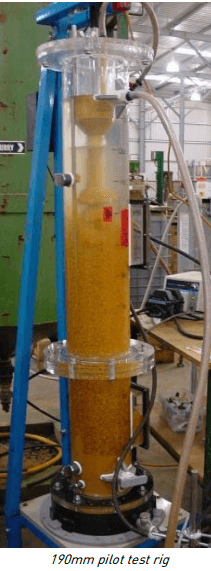- To participate in the 911Metallurgist Forums, be sure to JOIN & LOGIN
- Use Add New Topic to ask a New Question/Discussion about Thickening, Filtering or Tailings and Water.
- OR Select a Topic that Interests you.
- Use Add Reply = to Reply/Participate in a Topic/Discussion (most frequent).
Using Add Reply allows you to Attach Images or PDF files and provide a more complete input.
- Use Add Comment = to comment on someone else’s Reply in an already active Topic/Discussion.
-
https://www.911metallurgist.com/wp-content/plugins/wp-symposium-pro/forums/../css/images/wait.gif
Flocculant Dosage (6 replies)
Please join and login to participate and leave a comment.


How much flocculant, with concentration of 0,05 % (m/m), must i add (dosage) in L/min to a thickener with a feed rate of 600 t/h?